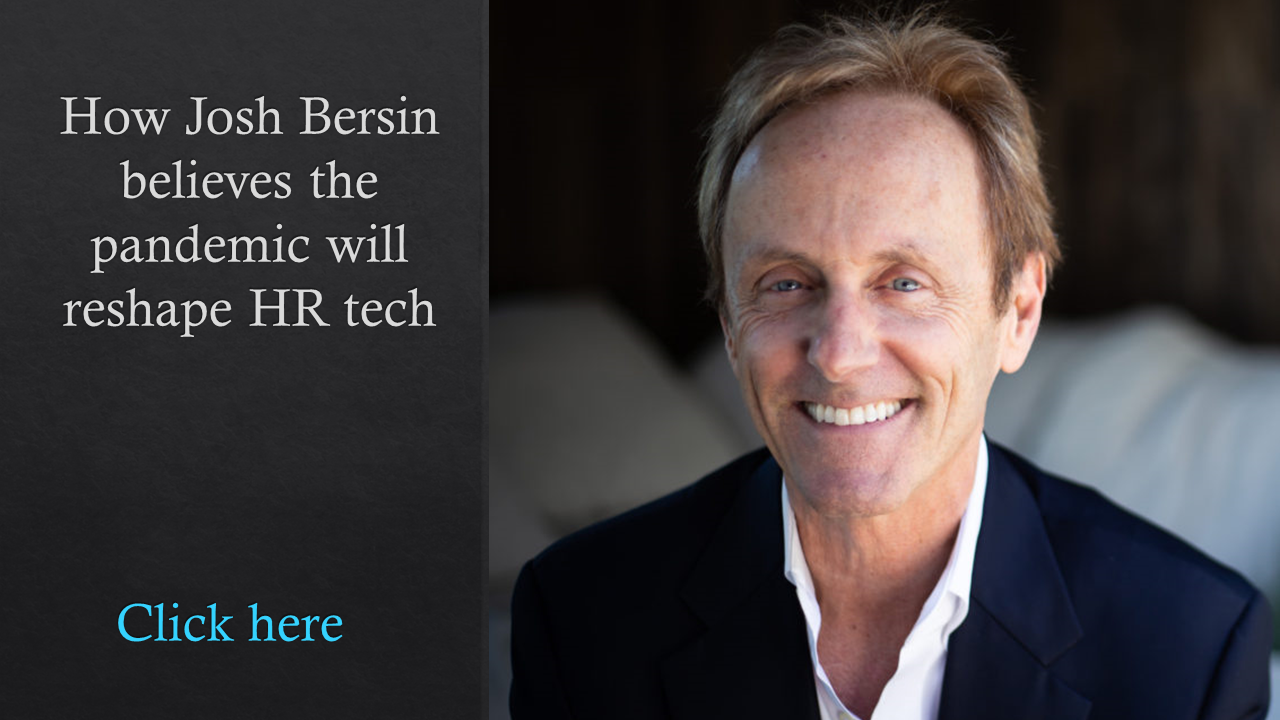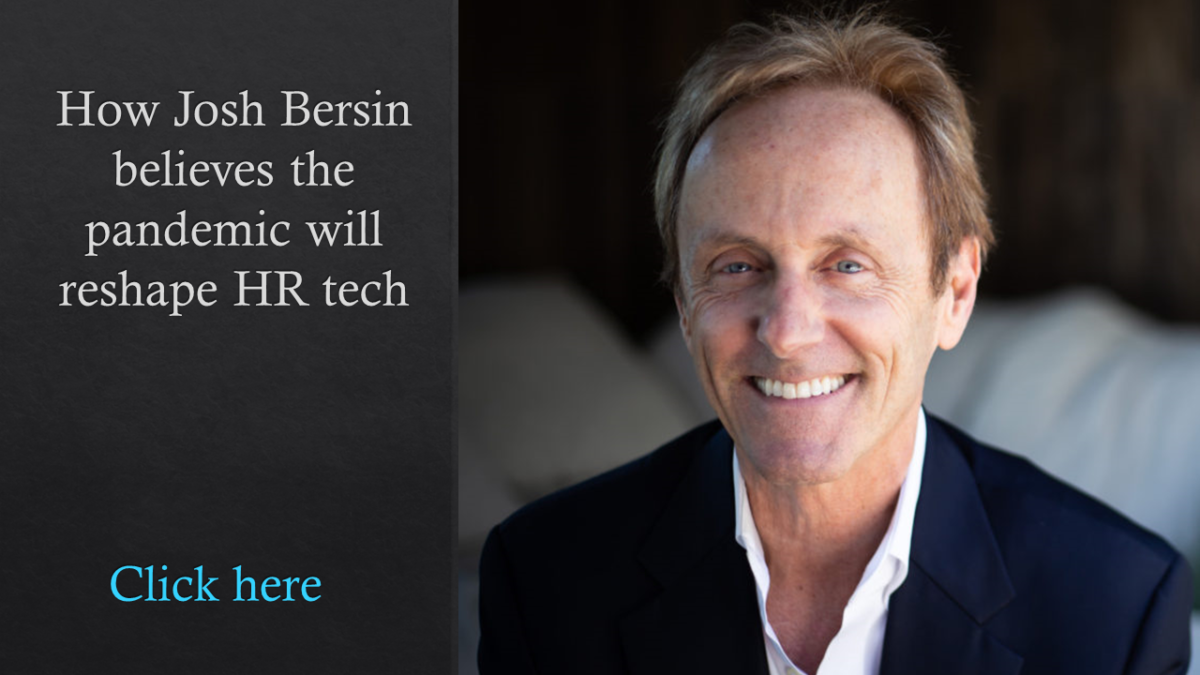During the early days of the pandemic, Danny Speros was on the frontlines of making sure employees at Zenefits had the support they needed while also onboarding dozens of new employees to the HR, payroll and benefits software provider firm. As vice president of people operations, Speros helped a team of nearly 300 employees in the U.S., Canada and India work remotely over the last 17 months, navigating business during a global crisis that particularly needed their services.
HRE: Did you onboard any new employees in the past 16 months?
Speros: Yes, and it’s gone well and it’s getting better. Every time we do it, we’re learning lessons that we apply to the next one. I’ve talked to people that have joined us as well as people that have left us. Joining a new company in this pandemic has been a challenge for people coming in the door, no matter where they go. What we’ve really tried to do is create a team-first connection and then sort of work our way out from there. We make sure that they’ve got people that they can go to no matter what, people that they get to know right off the bat who become a reliable source and a network for them.
HRE: How many people were onboarded during the pandemic?
Danny Speros
Speros: It’s north of 60. I’m looking at full-time employees probably in the neighborhood of 40.
HRE: Any other lessons learned?
Speros: Tech-wise [for onboarding], and this is something that predated the pandemic, we use Zenefits. It’s software that we create for our customers and we use it internally as well. I’ve forced countless people in prior history to sit in a room with a binder full of tax forms and fill that out [on their first few days of a new job]. So it makes a lot of that stuff easy to get done even before Day One. On their first day, the new employee can actually do stuff that’s fun and get into the work and learning about the business too.
HRE: Do you use artificial intelligence in your HR operations?
Speros: Yes, and not as much as I’d like to, but we’re working on it. One area in the HR operations directly where we use it is in our compensation management tool. Within Zenefits there are different features and modules that help our customers manage, engage and do the best for their workforce [in terms of compensation]. One of them is a compensation management tool that we actually built using the collective data of all of our customers so we’re leveraging the data of all of the salaries that exist in our ecosystem and consolidating all of that. [It also helps employers find proper pay scales foir similar job tiles.] What I call a software engineer or somebody else might call a software developer or a software ninja, you name it, it’s out there.
HRE: Do you have an HR technology wishlist?
Speros: I get to use some really cool HR tech, but the thing that’s been on my mind the most lately is around the area of wellness and mental health. We offer a wellbeing application as part of our technology and there’s a ton of solutions. In my role, I get solicited by no less than 30 companies a week that are selling some element of wellness or mental health types of applications. There’s a huge demand for it, but I don’t know that anybody’s nailed it yet. So that’s my wishlist: that we start to take more of a holistic approach to wellness and mental health and start to incorporate that into what we think about in terms of HR technology.
Related: Maximizing tech for remote onboarding
 At the end of the day, it’s really people technology. We’re using the term “people operations” but it’s people technology and how we’re managing our workforce, how we’re helping them achieve the best out of their own careers and how we’re helping them do the best work that they can do and achieve our company goals. It’s all intertwined. To ignore that aspect and just focus on the work element is missing a big part of the puzzle. I’m optimistic about all the investment that’s going into the wellness space right now. My wish is that we start to see some really neat holistic and integrated approaches to wellbeing.
At the end of the day, it’s really people technology. We’re using the term “people operations” but it’s people technology and how we’re managing our workforce, how we’re helping them achieve the best out of their own careers and how we’re helping them do the best work that they can do and achieve our company goals. It’s all intertwined. To ignore that aspect and just focus on the work element is missing a big part of the puzzle. I’m optimistic about all the investment that’s going into the wellness space right now. My wish is that we start to see some really neat holistic and integrated approaches to wellbeing.
HRE: How would that work?
Speros: That’s the tricky thing with this is that it’s so personalized. To the extent that AI can identify sentiment or do pulse checks, consolidate results and deliver some opportunities … really I just don’t know. Maybe identify opportunities where people could use some help and then provide them some suggestions. That’s built into our solutions to the extent people go through certain life events, through the course of benefits, it delivers prompts. For example, I got promoted and received a couple of articles to read about things that would help me as I transitioned into a new role—things along those lines. But to continue to advance that so that it is personalized and not creepy would be ideal.
